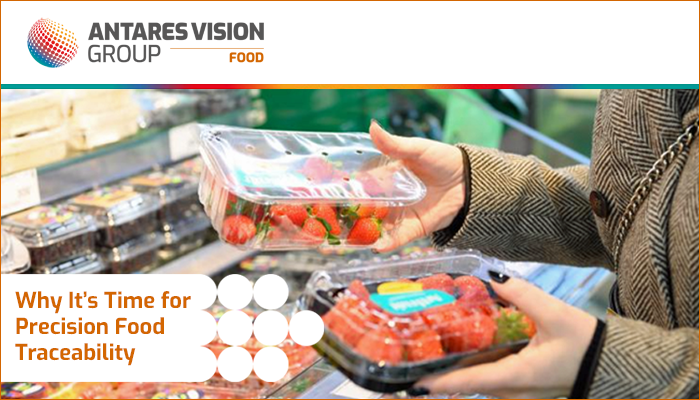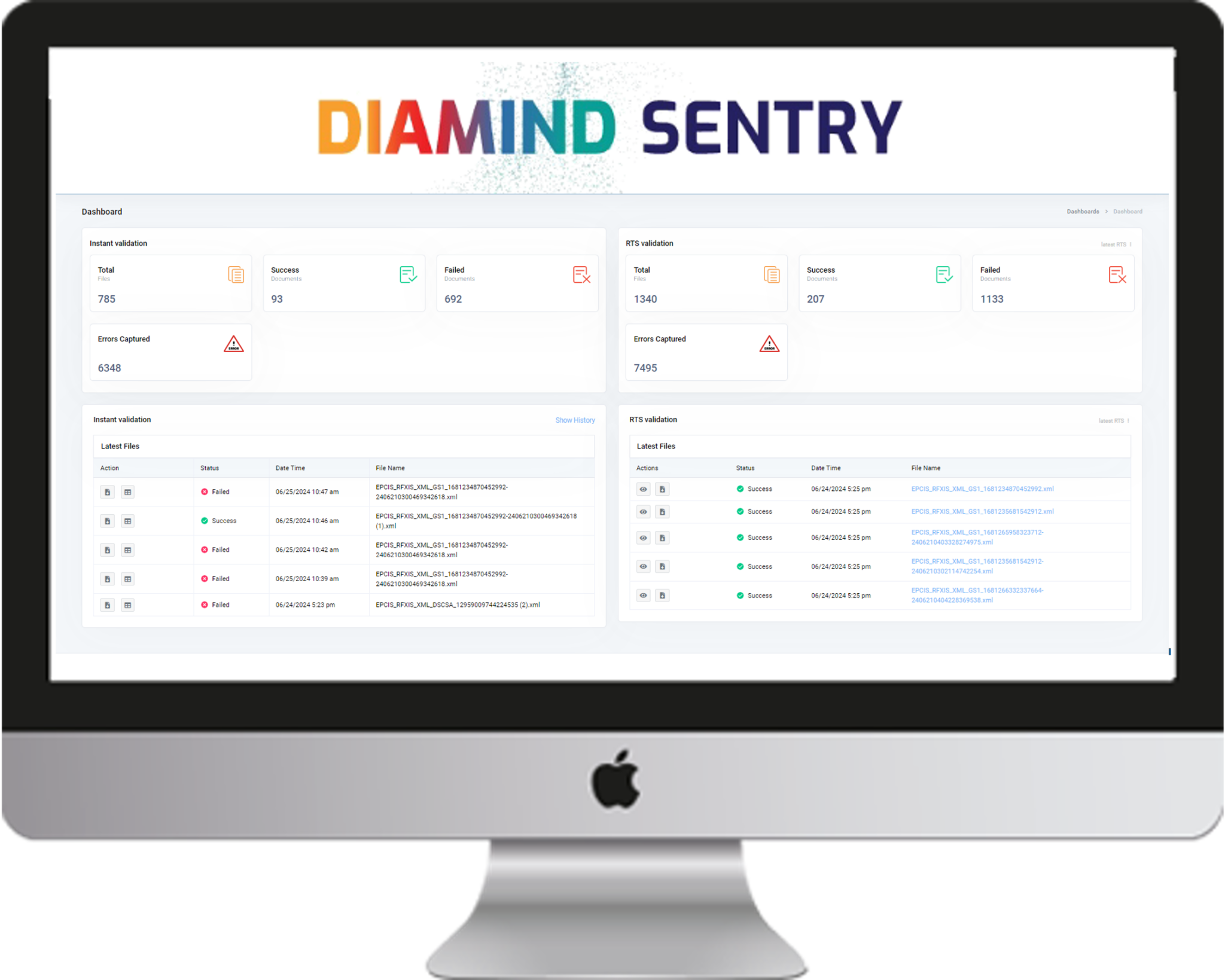In recent years, the food industry has been under increasing pressure to trace products from farm to table. When COVID came onto the scene, the need for food traceability only intensified, as consumers wanted assurance from retailers and their supply chain partners that they could rely on the safety of their food.
Food traceability, however, is only as good as the degree to which it is executed up and down the supply chain. In order to improve supply chain management, facilitate feedback for food quality and safety, and differentiate your food product from your competitors’, you need to get precise in your traceability efforts.
Precision food traceability
Precision food traceability refers to the in-depth tracing of supply chain data and critical tracking events (CTEs) backward (to the source of the product) and forward (everywhere a food product has been used) to facilitate the quick and effective review of every action taken related to a product at each stage. With the ability to pinpoint a particular food product’s movement and characteristics, precision traceability not only offers detailed information about a product’s freshness, nutritional values, and logistics, it also supports proactive, informed decision-making should a food safety event occur.
Serialization is an essential tool in a precision food traceability system. The process of creating a unique code for each product, serialization delivers granular data about the food product to provide significantly more end-to-end visibility. With the ability to track the product at every stage, item-level traceability makes it easy to capture key data elements (KDEs), which could be used to trigger an investigation and reduce traceback time in the event of a food safety issue.
For example, let’s say you want to track a harvest operator’s location beyond the primary farmer and farm. Serialization gives you access to data down to the person who picked a vegetable, and from which row, ranch, or plot. For meat products, you can quickly trace back to not just the exact animal, but also to its pen location, feed, and even medicines.
With the ability to track outcomes (e.g., quality inspections and safety test results) and associate them to the product beyond the original facility, you can look back at any event in a product’s lifecycle even after it’s been shipped from the original facility. Precision food traceability makes it possible to track customer feedback and connect it to supply chain data points to deliver a complete picture of the product’s safety and performance. You can also evaluate how you’re doing on a sustainability front by tracking post-consumer activity, such as recycling and waste.
Specific uses for precision food traceability
On its journey from farm to table, a food product may be exposed to disease-causing organisms and food safety hazards. As the volume of international trade expands, so does the potential for transmission of pathogens or chemical contamination.
We all know problems can arise anywhere in the supply chain. Containing ingredients — perhaps from all over the world — and processed in different facilities and handled by wholesalers, retailers, and transportation companies, a food item is handled by many actors before ending up on the consumer’s plate. A precision food traceability system is paramount to ensuring food safety and minimizing the impact should an event arise.
Precision food traceability makes it easy to investigate food safety issues, identify the source of contamination, assess the scope of impact, and resolve the problem quickly. With the ability to trace back to the health of the animal, feed production, rearing, transportation, and more, you can quickly identify the source of infection or prohibited additives and take preventive and control measures to avoid the introduction of the contaminant.
Beyond safety, precision traceability also supports profitability. With detailed food traceability data, you can intelligently evaluate your operations, optimize efficiencies, analyze yield, and even apply consumer feedback to measure return on production investment. Precision traceability can also reduce food waste by tracking and recording data through every stage of the supply chain.
Final thoughts
Maintaining food safety is critical to your overall success and, more important, consumer health. The better and more precise your tracing system, the better equipped you will be to isolate the source of an issue and address quality control problems, quickly and efficiently. By minimizing the production and distribution of substandard and perhaps even illegal products, you reduce the risk of recalls, negative publicity, and liability, and have a “firewall” to protect your brand in the process.
Keeping tabs on every event related to your food supply can seem daunting but rfxcel can help. Offering the most complete and flexible raw materials and finished goods traceability solution in the food and beverage industry, we can help optimize your supply chain operations, meet compliance requirements, track products, and increase business value.





